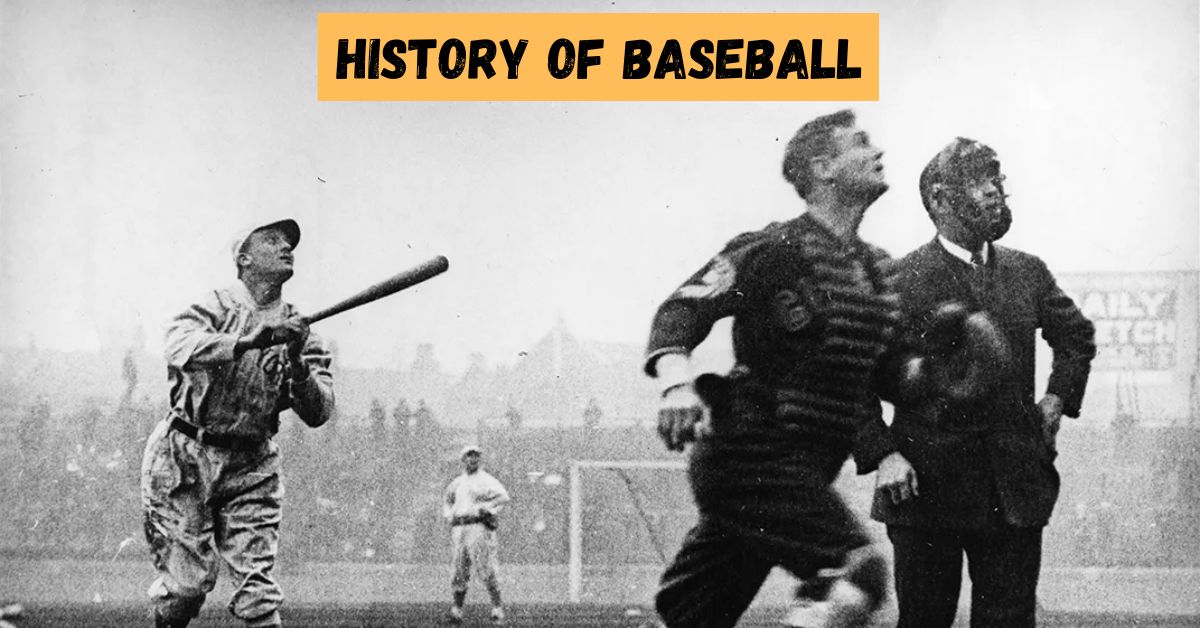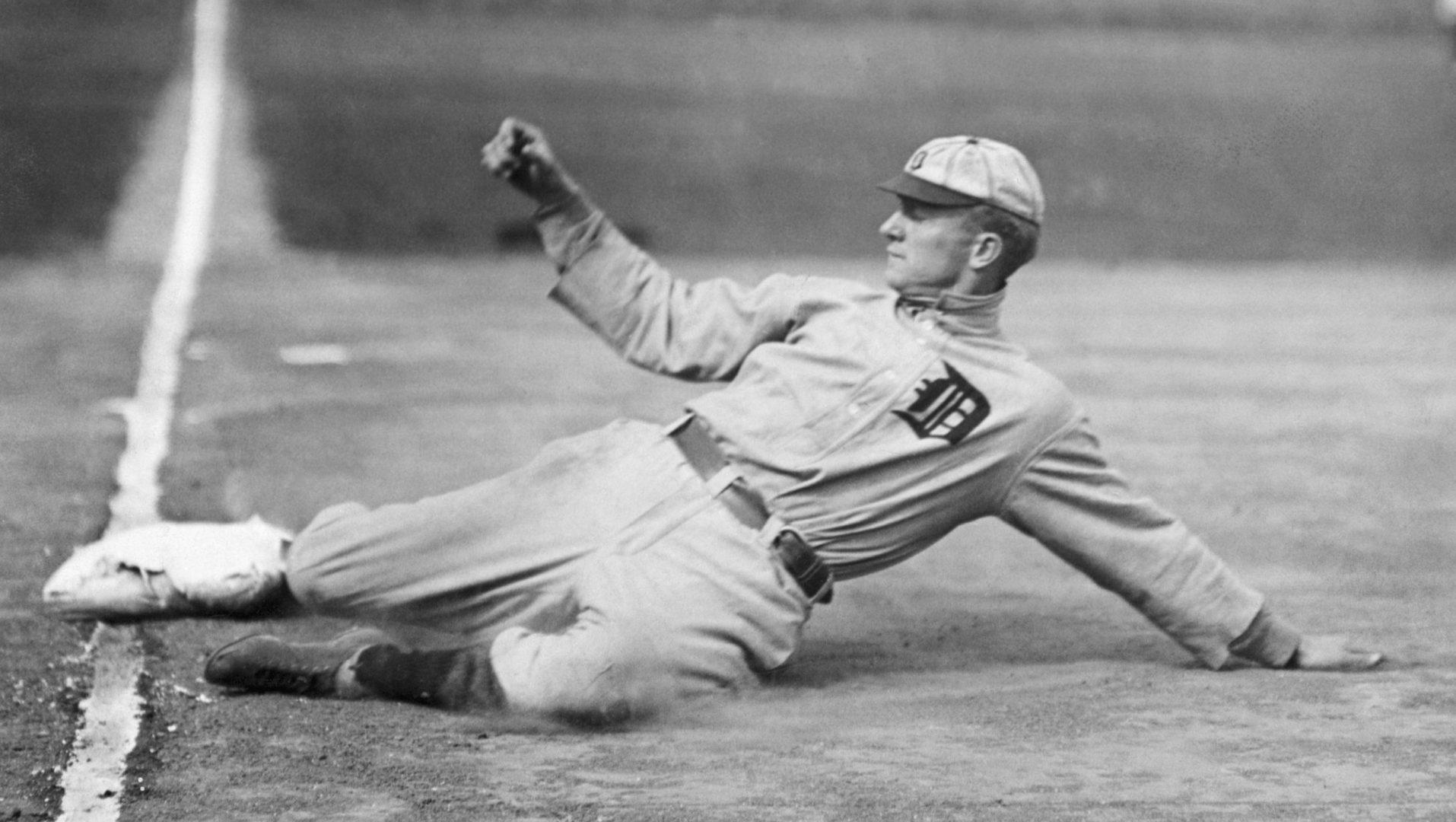From the makeshift diamonds of 19th-century fields to the sprawling stadiums of modern America, baseball has evolved immensely over the years. The sport, with its nuance and strategy, has embedded itself in the fabric of American culture, offering not just athletic spectacle but also moments that have transcended boundaries and time. Let’s journey back and uncover the rich history of baseball.
Birth of Baseball: The Early Beginnings
The origins of baseball are often traced back to various stick-and-ball games played in England and brought to North America by early colonists. However, the version of baseball that we know today began to take shape in the mid-19th century. Games like “townball” and “rounders” provided the groundwork, but it was Alexander Cartwright who formulated the rules that led to the sport of baseball. His Knickerbocker Rules established key elements like the diamond-shaped field and the three-strike rule.
The Evolution of Baseball
Over the years, baseball underwent significant changes. The sport saw the introduction of the glove, changes in pitching styles—from underhand to overhand—and the development of strategic elements like the sacrifice bunt and the stolen base. Also, the use of technology, like instant replay, and analytics has modernized strategies for both player evaluation and game-day decisions.
The Rise of Professional Leagues
Baseball’s increasing popularity led to the establishment of the first professional league, the National Association of Professional Baseball Players, in 1871. This eventually evolved into what we now know as Major League Baseball (MLB), consisting of the National League and the American League. The formation of the Negro Leagues offered African American players a platform to showcase their talents before the integration of MLB.
Breaking the Color Barrier
Jackie Robinson’s debut with the Brooklyn Dodgers in 1947 marked a watershed moment in the history of the sport. Robinson broke the color barrier in baseball, opening the door for the integration of African Americans and other minorities into the MLBSHOW. This transition was not only a milestone for baseball but also a significant moment in the American Civil Rights movement.
Baseball Through the Ages: A Brief Statistic Overview
| Era | Significant Evolution | Notable Players |
|---|---|---|
| Late 19th Century | Formalized rules, professional leagues | Cap Anson, Cy Young |
| Early 20th Century | Deadball era, the emergence of Babe Ruth | Babe Ruth, Ty Cobb |
| Mid 20th Century | Integration, Expansion | Jackie Robinson, Ted Williams |
| Late 20th Century | Free agency, designated hitter rule | Barry Bonds, Cal Ripken Jr. |
| 21st Century | Advanced analytics, globalization | Mike Trout, Ichiro Suzuki |

The Last Inning: Reflecting on the Legacy
Baseball, with its storied history, stands as a testament not only to athletic skill but also as a chronicle of evolution, perseverance, and national identity. From its rudimentary beginnings to its modern, globally-followed format, baseball has grown into a sport that captivates fans of all ages. Its legacy highlights the power of sports to transcend cultural boundaries and create shared moments of joy and heartbreak.
Consequently, the game serves not just as a contest of skill and strategy but also as a narrative of growth, unity, and the pursuit of excellence. Its journey continues to inspire and entertain, ensuring that its legacy will resonate for generations to come.
Read More: Serving History: The Fascinating Evolution of Table Tennis

